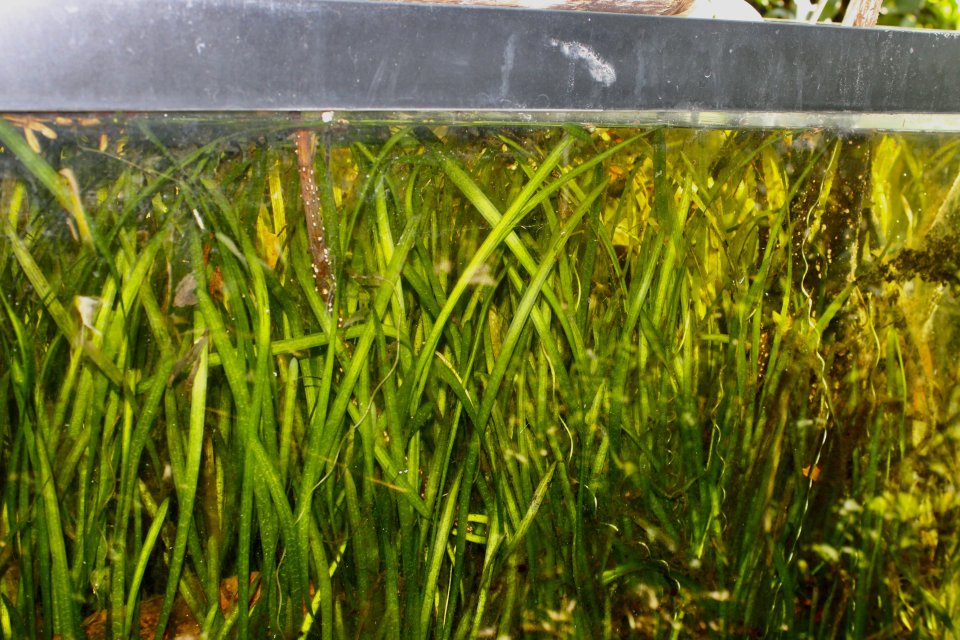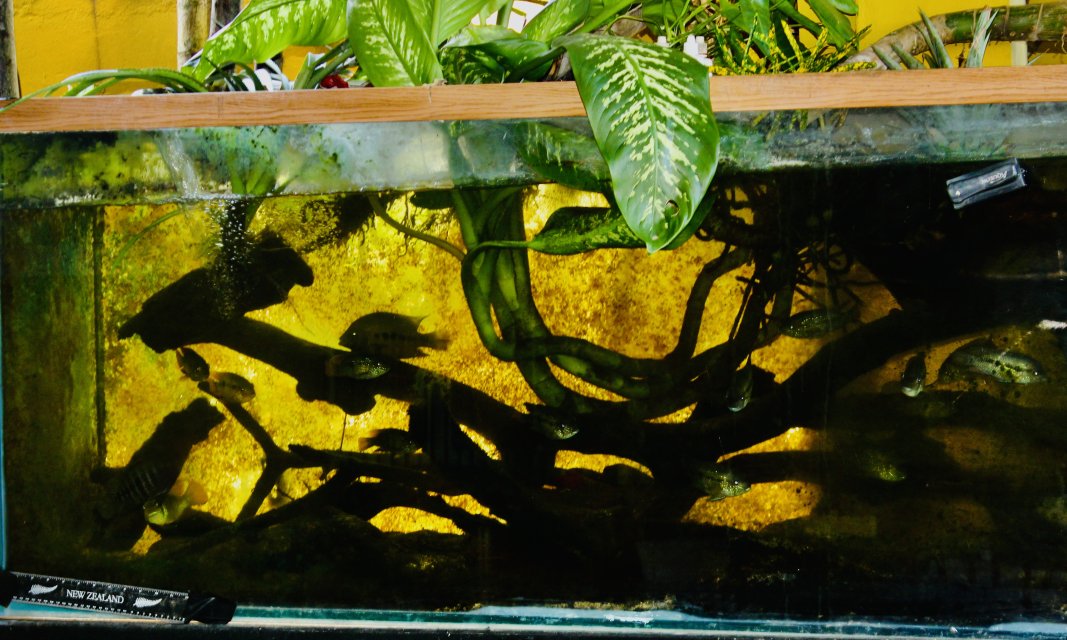I'm in the process of setting up a few large tanks, and the ones that stack above one another I'm choosing to plumb together (plumbed essentially like a sump, but both will be proper aquariums). There are pros and cons to this approach.
In my situation I can unplug one pump and they become separate systems. In the Original Posters situation here, he could turn off the pump and install a couple caps on the connecting pipes. Which is a good point to come up here as a reminder to have those connections in such a way that a cap or plug can easily be installed.
Question to those of you with Auto Water Change systems: When I do a manual water change, I use this as an opportunity to target waste in the tank that the filter does not pick up. Do you guys still siphon out waste? Or do you improve your filtration to the point it rarely misses much?
In my situation I can unplug one pump and they become separate systems. In the Original Posters situation here, he could turn off the pump and install a couple caps on the connecting pipes. Which is a good point to come up here as a reminder to have those connections in such a way that a cap or plug can easily be installed.
Question to those of you with Auto Water Change systems: When I do a manual water change, I use this as an opportunity to target waste in the tank that the filter does not pick up. Do you guys still siphon out waste? Or do you improve your filtration to the point it rarely misses much?













